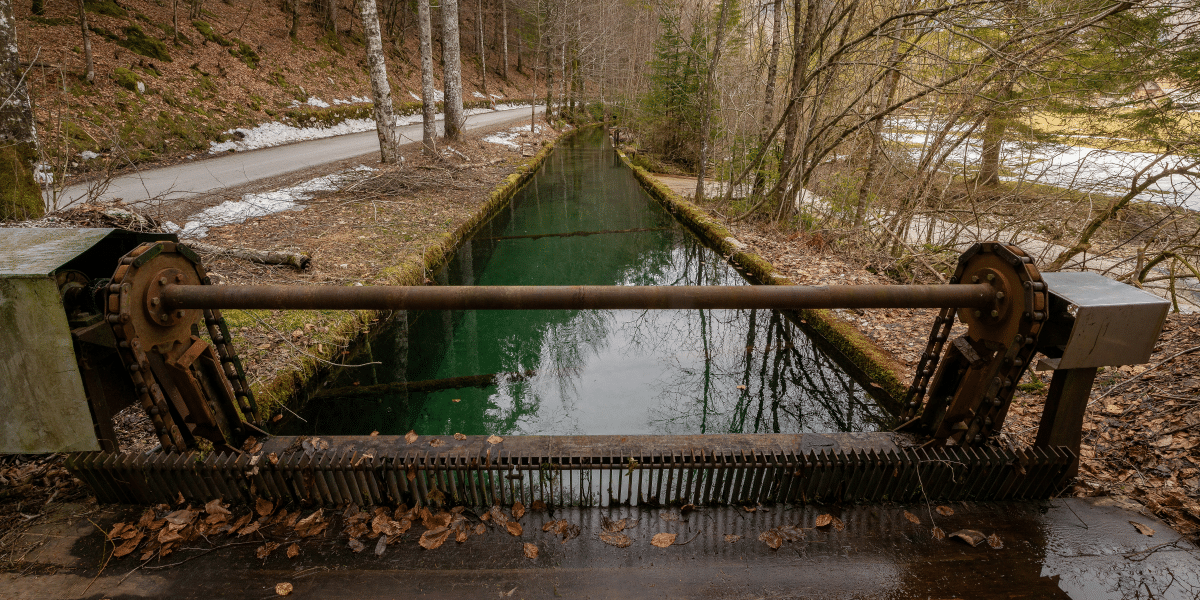Introduction to Hydrojetting
Hydrojetting is a powerful plumbing technique that clears stubborn clogs and debris from pipes. This method is particularly effective in various scenarios but isn’t always necessary for every plumbing issue. Here, we’ll delve into situations where hydrojetting services are essential and when you might need alternative solutions. Understanding when to utilize hydrojetting can save you time and money and prevent unnecessary wear and tear on your plumbing system.
What is Hydrojetting?
Hydrojetting involves employing a high-pressure stream of water, typically around 3,000 to 8,000 PSI, to clear out pipes. This technique can remove grease, roots, and other persistent blockages that traditional methods might struggle to dislodge. Using specialized nozzles, the water jets out with such force that it scours the walls of the pipes, ensuring they are not just unblocked but thoroughly cleaned. Ideal for both commercial properties and older homes, hydrojetting ensures thorough cleaning of pipes laden with years of debris, making it a preferred choice for major plumbing maintenance.
When Hydrojetting is Necessary
- Heavy Blockages: If severe blockages are caused by grease, sludge, or minerals, hydrojetting can step in where other methods fall short. The high-pressure water can break down tough blockages and flush them away, ensuring a comprehensive cleaning that eliminates the source of the clog.
- Recurring Clogs: When traditional snaking or chemical methods only temporarily relieve clogs and they keep coming back, hydrojetting can provide a more thorough cleaning. Its ability to scrub the inner walls of the pipes means it can remove the build-up that causes these persistent clogs.
- Root Intrusions: Tree roots commonly cause severe blockages, especially in older sewer systems. Roots can invade pipes through small cracks, growing and expanding over time. Hydrojetting can effectively break up and flush out these intrusive roots, preventing further damage to the pipes.
- Preparing for Repairs: Before conducting significant plumbing repairs or replacements, it’s crucial to ensure the pipes are clean and debris-free. Hydrojetting provides a clean slate, making it easier for plumbers to assess the condition of the pipes and conduct repairs or replacements without interference from blockages.
Situations Where Hydrojetting Might Not Be Ideal
- Fragile Pipes: The high pressure of hydrojetting may be necessary for older plumbing systems with brittle pipes, possibly built of clay or cast iron. Before utilizing this effective technique, you must perform a comprehensive inspection to determine the state of your pipes.
- Minor Clogs: Using a plunger or a drain snake is one of the conventional ways to clear small obstructions or slow drains. For these less serious problems, hydrojetting could be excessive and could cause unnecessary wear and tear on your plumbing system.
- Cost Considerations: While effective, hydrojetting is generally more expensive than other clog-clearing methods. It might not be the cost-effective solution for minor issues, especially if simpler, cheaper methods can resolve the problem.
Alternative Plumbing Solutions
Before opting for hydrojetting, consider alternative solutions that resolve your issue. Exploring these options can help you choose the appropriate and cost-effective method for your plumbing problem.
1. Drain Snaking: A flexible auger called a drain snake, often known as a plumber’s snake, is used to clear blockages in plumbing. It works well for tiny obstructions and may eliminate debris without using high-pressure water. For small blockages, this less intrusive technique might be necessary.
2. Chemical Drain Cleaners: These can sometimes dissolve clogs, particularly if the blockage is caused by organic matter like hair or food particles. However, they should be used sparingly because repeated use can damage pipes, especially older ones made from fragile materials.
3. Plunging: A trusty plunger can handle minor clogs in sinks and toilets without professional intervention. It’s a useful first step for clearing blockages and can often resolve the issue quickly and easily.
Benefits of Hydrojetting
When applied correctly, hydrojetting can offer several significant advantages:
- Thorough Cleaning: Hydrojetting removes all debris, leaving pipes as clean as new. Unlike other methods that might leave behind residue, hydrojetting thoroughly cleans the interior surfaces of pipes, preventing the quick recurrence of blockages.
- Preventive Maintenance: Regular hydrojetting can prevent future clogs and maintain smooth water flow. By keeping pipes clear of debris, hydrojetting reduces the likelihood of major blockages developing over time. This preventative approach can save money and hassle in the long run.
- Environmentally Friendly: Hydrojetting is more eco-friendly than chemical drain cleaners because it uses only water. It reduces the risk of environmental contamination by avoiding harsh chemicals and promoting a healthier plumbing system.
Conclusion
Hydrojetting is a valuable tool in modern plumbing, offering a comprehensive solution for heavy blockages and preventing future clogs. However, it’s only sometimes necessary. Evaluate the condition of your pipes and the severity of the blockage before deciding on the ideal method. Traditional methods may suffice for owners of fragile plumbing systems or those facing minor clogs while saving on costs. On the other hand, hydrojetting provides a thorough and effective solution for persistent and severe blockages.
Published By: Aize Perez

















